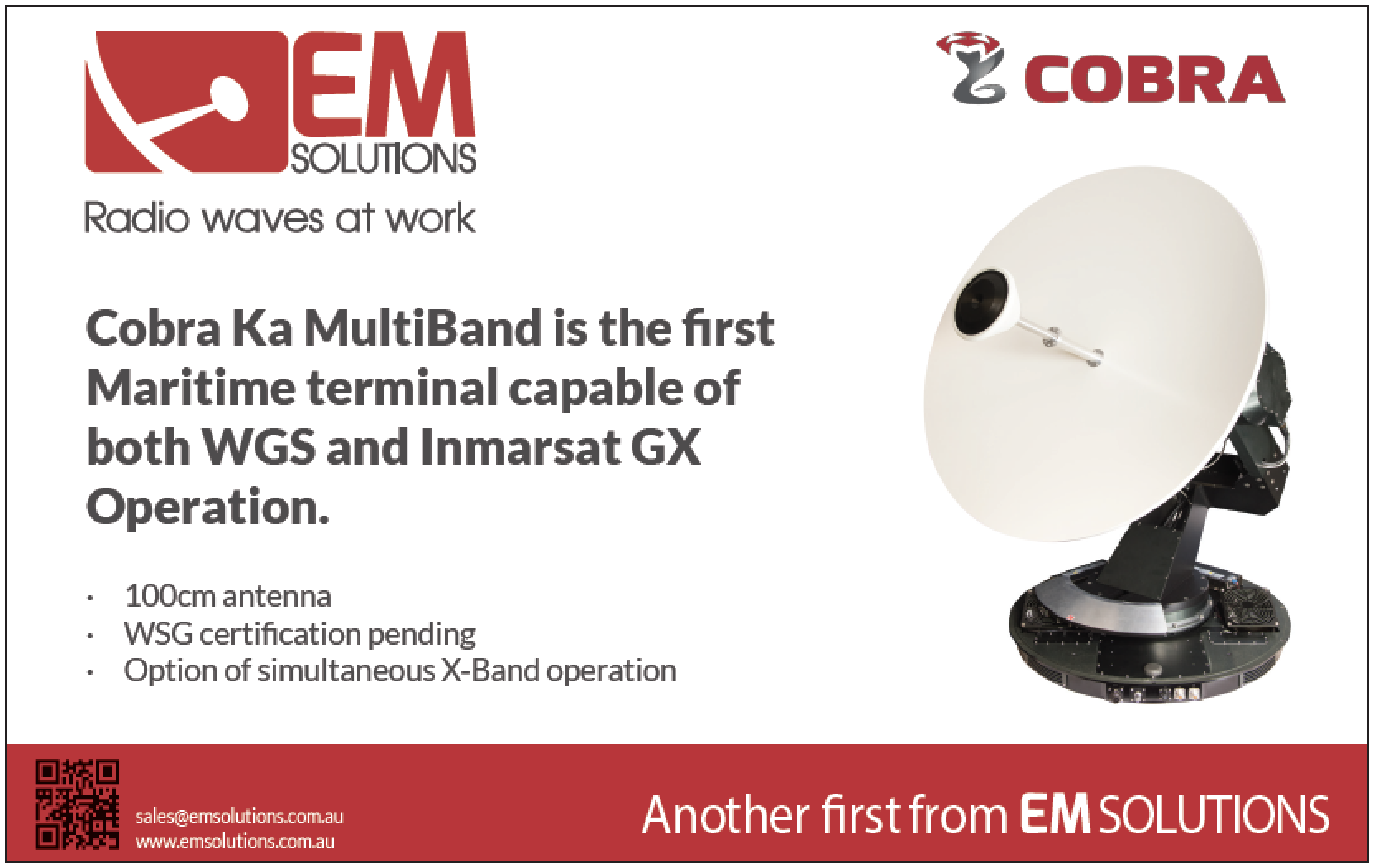The United States Air Force is currently conducting a series of programs called the Commercial Satellite Communication (COMSATCOM) Pathfinders.

The COMSATCOM Pathfinders are a five-phase project to enable DoD to acquire COMSATCOM using innovative, longer-term approaches that should yield increased efficiency and effectiveness.
The COMSATCOM Pathfinder Initiative explores multiple facets of flexible, long-term investment-based acquisition models for access to commercial SATCOM capabilities and infrastructure from a diverse supplier base, including identifying any legal, policy, regulatory, management, cultural, or other barriers to government adoption of such business models at scale.
Each Pathfinder is an independent program and builds off previous efforts. Ultimately, the COMSATCOM Pathfinders will be referenced as the DoD completes its Wideband Communication Systems Analysis of Alternatives (AoA).
The first Pathfinder Program, coined Pathfinder One, involved the purchase of transponders and capacity aboard a SES GS-owned satellite. This marked a departure in how the military paid for and acquired COMSATCOM services. It also involved the use of traditionally cheaper satellite alternatives – inclined satellites.
- “Pathfinder One changed the way the DoD purchased COMSATCOM capabilities by procuring transponders on a commercial satellite versus the traditional model of leasing bandwidth on the spot market,” said Pete Hoene, the CEO of SES GS. “This solution included the utilization of inclined satellite capacity which allowed the government to pay significantly less than traditional station-kept bandwidth.”
Inclined satellite capacity is often cheaper than geostationary (GEO) satellite capacity because of the nuances required to take advantage of it.
Inclined satellites are effectively older GEO satellites that are in the later stages of their operational lives. To maximize their remaining fuel, operators reduce station-keeping adjustments and extend the life by allowing the spacecraft to drift in the north/south direction. The square box that GEO satellites usually sit in becomes a rectangle and the satellite drifts in an elongated figure eight pattern within that box.
This north/south movement around the Equator is what makes inclined satellite capacity unique. The movement of these satellites requires a tracking antenna that can follow them as they move in their rectangular box. As you might imagine, there are many satellite use cases that call for tracking antennas, such as USAF planes.

Artistic rendition of the SES AMC-3 satellite.
According to Mr. Hoene, “As remotely piloted aircraft (RPAs) have antennas capable of tracking inclined satellites, AFRICOM can use Pathfinder One capacity to support MQ-1 (Predator), MQ-9 (Reaper), and RQ-4 (Global Hawk) operations. In fact, United States Africa Command (AFRICOM) approved the use of inclined capacity on these platforms and is currently using the available Pathfinder One bandwidth to command and control their critical RQ-4 Global Hawk Intelligence, Surveillance, and Reconnaissance missions…”
Pathfinder One was a success for the Air Force, and it’s clear that the military took notice of the program’s accomplishments. However, the military may not have been the only organization to observe the lessons learned from Pathfinder One. Private industry recognized the innovative use of inclined orbit bandwidth as well.
Just a few weeks ago, an article was published that disclosed that Global Eagle Entertainment, one of the world’s leaders in in-flight entertainment, “…had purchased all the capacity on an undisclosed satellite to support aeronautical customers, in particular Southwest Airlines, the company’s largest customer.”
That satellite was revealed to be SES satellite
AMC-3, which carries 24 Ku-band transponders and launched in September 1997 on an Atlas 2A rocket.”
SES will operate the satellite and provide support for Global Eagle.
What does that have to do with Pathfinder One? Well, it’s pretty much the same situation. Global Eagle Entertainment is effectively purchasing the capacity onboard an inclined satellite.
Also, much like Pathfinder One, the satellite in question will be used for a purpose that is a perfect fit for inclined capacity—in-flight entertainment (IFE) onboard airplanes already fitted with tracking antennas.
The Global Eagle announcement illustrates the benefits that inclined satellites could have for both private enterprise and the federal government.
This could become a best practice to use this less-expensive capacity in any implementation or use case where tracking antennas are already being utilized.
Whether it’s on Navy ships, RPAs or airplanes, inclined bandwidth could be an economical, effective way to deliver connectivity and communications on the move.
There's a two-part podcast series on the Pathfinder Programs that can be accessed at ses-gs.com/govsat/tag/pathfinder-podcast/
Next up — a reveal... satellite advancements have the government watching the skies... time for access to the 2016 year in review to garner additional understanding of what's behind this move.

SES GS President Pete Hoene writes that The Government Satellite Report launched just two years ago, in 2015. The timing of this new, government satellite publication could not have been better.
The past couple of years have been an exciting time for the satellite industry. New technologies, increased demand for satellite-enabled solutions and the introduction of revolutionary, innovative players to the industry has the government watching the skies and looking to our commercial satellite industry for solutions.
There are many reasons for this renewed interest and focus on SATCOM. The desire to quickly have advanced capabilities and services everywhere—including on the move and at the tactical edge—has created a renewed need for resilient satellite services that can deliver incredible bandwidth, with lower latency and extremely high throughputs.
Simultaneously, the adoption of next-generation High Throughput Satellites (HTS) and the emergence, and subsequent expansion, of MEO constellations across the satellite industry will ensure that our market is prepared and poised to meet the challenges of a more sophisticated and demanding customer.
These same technologies also make COMSATCOM more accessible and cost effective for the government as it looks to satellite to deliver mission-critical communications across the globe.

The advancement and proliferation of space capabilities continued in 2016, as did the sober realization that traditional US government owned and operated systems may be vulnerable to service denial, disruption or degradation. The space environment is certainly not the benign environment it once was. That has caused our government and military leadership to seriously consider integrating additional commercial capabilities.
For example, by systematically leveraging a commercial satellite architecture and utilizing commercially hosted payloads, the US government could leverage an architecture poised to provide capability across the range of operational needs. As an example, 2016 saw the introduction of multiple exciting hosted payload programs across the government —including NASA’s GOLD program and the FAA’s WAAS program.
Many experts and satellite owner-operators—including SES—are anticipating near-record demand for satellite services across global governments in 2017 and beyond. The US Department of Defense (DoD), seeing the need to evaluate it’s future space architecture, launched an innovative Analysis of Alternatives (AoA) to fully examine their options. The commercial satellite industry figures to weigh heavily in that analysis.
Winston Beauchamp, Deputy Undersecretary of the Air Force for Space, relayed the following at a round table discussion at the World Policy Institute last year, “Today we build a military satellite constellation, and if we run out of capacity we lease more from the commercial world. But that may not be the best solution in the future. Instead we may want a balance of both commercial and military so that we give incentive from industry to build additional mission assurance and resilience measures into their architecture. By inviting our partners to weigh in in the analysis of alternatives, we can vastly improve our mission assurance.”
The Government Satellite Report remains committed to bringing you the latest satellite news, editorial glimpses into the trends driving commercial satellite adoption, discussions about the latest satellite technologies and insightful interviews with government and satellite industry leaders in 2017. But first, here is a look at some of the articles that our readers found most compelling in 2016. Thank you for being a loyal reader.
Download the Government Satellite Report’s Year in Review for 2016 by selecting this URL:
ses-gs.com/govsat/resources/government-satellite-report-year-review/
ses-gs.com/govsat/

These articles are republished, courtesy of The Government Satellite Report (GSR) and Executive Editor Ryan Schradin. He is a communications expert and journalist with more than a decade of experience and has edited and contributed to multiple, popular, online trade publications that are focused on government technology, satellite, unified communications and network infrastructure. His work includes editing and writing for the GovSat Report, The Modern Network, Public Sector View, and Cloud Sprawl.
His work for the Government Satellite Report includes editing content, establishing editorial direction, contributing articles about satellite news and trends, and conducting written and podcast interviews. Ryan also contributes to the publication’s industry events and conference coverage, providing in-depth reporting from leading satellite shows.
The Government Satellite Report is sponsored by... SES Government Solutions


